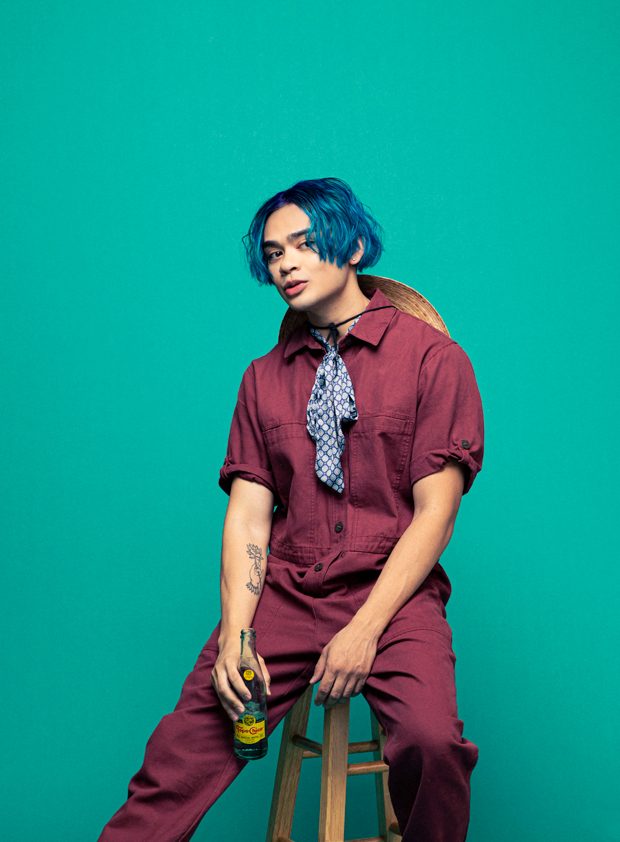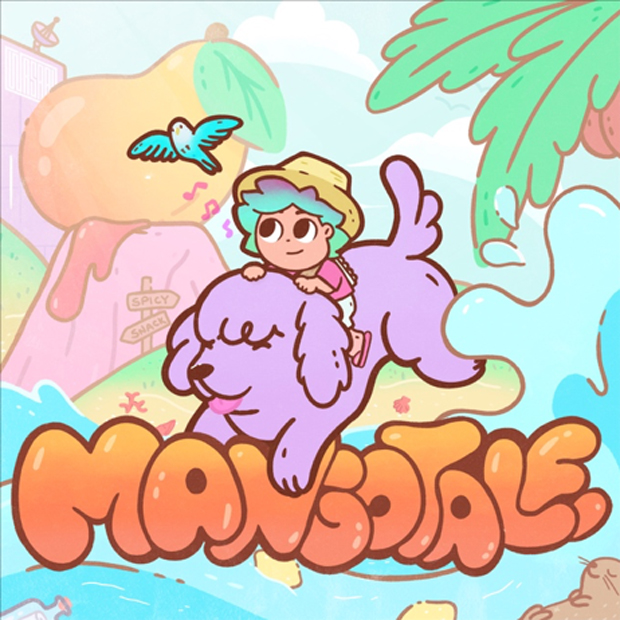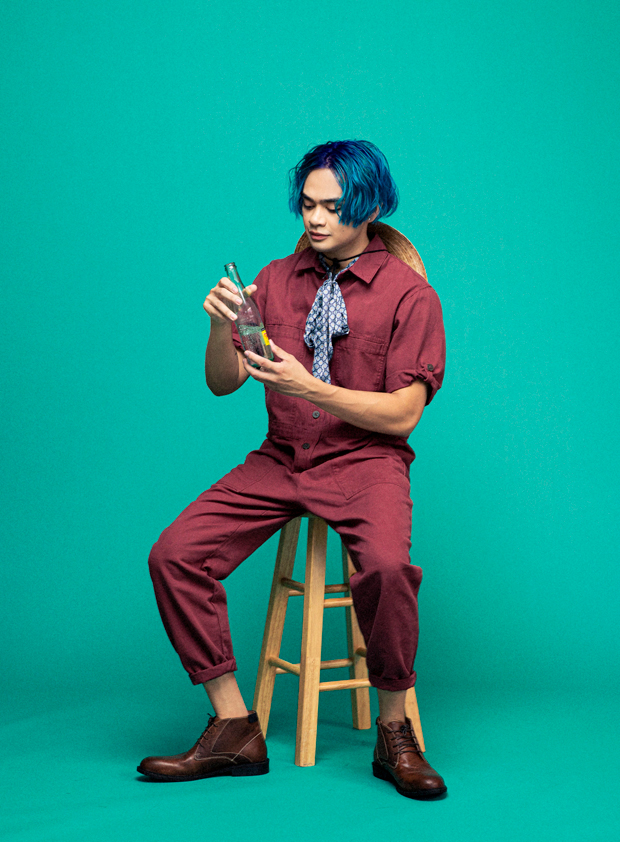Once again, Shawn Wasabi is finding himself at the center of viral attention thanks to the fact that his 2016 remix of the Pusher track “Clear” has found its way into the upper echelon of TikTok sounds, making it now one of the most “Shazamed” songs ever (No. 16, to be exact). But you may remember Shawn on YouTube six or so years ago — especially his hands. They dazzled tens of millions of YouTube viewers as they flew across a rainbow-lit controller equipped with 64 buttons that he co-invented, with each button producing a unique sample from the other, called the Midi 64 Fighter. It was like watching Mozart play a piano of the future, an analogy that can only be understood by watching his video for “Marble Soda” below, a mashup that used over 150 samples and put Shawn on the map (and has given him over 35 million YouTube views). That was in 2015. While Shawn has gone on to focus on more music endeavors — like releasing his debut album, MANGOTALE, amid the pandemic and regularly producing beats for other artists — the 26-year-old producer decided to revisit his passion for toying around with samples in his most recent single, “i dip,” that came out on March 25.
Shawn said the creative process that went into making “i dip” was “a combination” of “nostalgia and having fun,” just like how he “used to produce back in the day where [he] was just taking samples and finding ways to manipulate them,” the Los Angeles-based music artist EXCLUSIVELY told HollywoodLife. This led Shawn to explore “old 808 samples” from the “original drum machines” and “deep house” from the era of blog house music (a subgenre of electro music that DJs played in clubs in the mid to late aughts). Essentially, Shawn said he wanted to recreate the experience of listening to the 2010 club anthem “Like A G6” on the radio when he was in high school.

DAWs weren’t new to the era of music that Shawn used as his sonic muse, though. “The late 2000’s is when, like, music software really started to be popular with kids who are growing up. And especially for me, playing Dance Dance Revolution was also really huge for me,” Shawn told HollywoodLife, referring to the video game-turned-dancing stage that was a go-to pit stop for every ’90s kid visiting an arcade center like Fun Factory.
Given that “i dip” is a result of Shawn’s experimentation with a darker undercurrent of electronic music, it is a slight deviation from his usual work that has a signature bubbliness to it. Artist Ann Alfonso even gave each single from his debut album that dropped in May of 2020, MANGOTALE, its own unique illustrated cover that can be compared to the sweet pastel styles of animations like Steven Universe, since every track tells the story of a character that serves the lore of Shawn’s Mangotale Island. The conception of these colorfully-depicted islands didn’t purely stem from the imagination of Shawn, though, who is Filipino-American and has family on the Philippines (which is actually made up of over 7,000 islands). Shawn recalled that to access the country’s city of Cebu, you have to cross a bridge from the airport — on the way over, Shawn said you’ll see a town painted with murals with “a very specific flavor of pastel.”

But not all of the subtle influences from Shawn’s Filipino culture is this tangible. Some of these influences are deeply rooted in his subconscious. The subject of whether his Filipino culture has played a role in Shawn’s songs unlocked a “deep memory” for the music artist: watching Filipino television. Particularly, Wowowee, a variety show that dominated the Philippines’ noontime airwaves between 2005-2010.

There are certain sounds, though, that Shawn actively tries to replicate — particularly ones that were blasted onto the streets of the Southern Philippines from cars. “They’re, like, modified so that they have speakers blaring out the back and they play just like, this crazy a** music,” Shawn said, likening the roads’ soundtracks to “really bouncy” and “high energy” electronic house music. “It sounds like some siren on top of like a kick drum that goes really fast,” Shawn added, who called the experience “weirdly hypnotic.” This has led Shawn to his present day challenge; he asked himself, “How the heck do I channel that?”
Whether Shawn is tuning into the blog house days of 2000’s club music, a sample from a video game (Shawn is an avid gamer, who is currently tackling Resident Evil Village), or his physical surroundings (whether that be in the Philippines or in LA), Shawn has a trained ear that picks up on these unique sounds and translates them to beautifully engineered music. This is not something anyone can do, contrary to what critics wary of this 21st century genre may think. “It’s not just like you push one key on the computer, and the A.I. [creates] the whole entire song structure and composition, [and] all the melodies and chord progressions in the drums,” Shawn, who was actually trained in classical music before falling into the art of beat making, pointed out. It’s Shawn who is doing all this meticulous work, with newer technology like Ableton and his Midi Fighter 64 simply acting as the new age versions of instruments like the piano and violin (both of which Shawn actually played) to create songs such as “i dip” that generations past couldn’t before.


